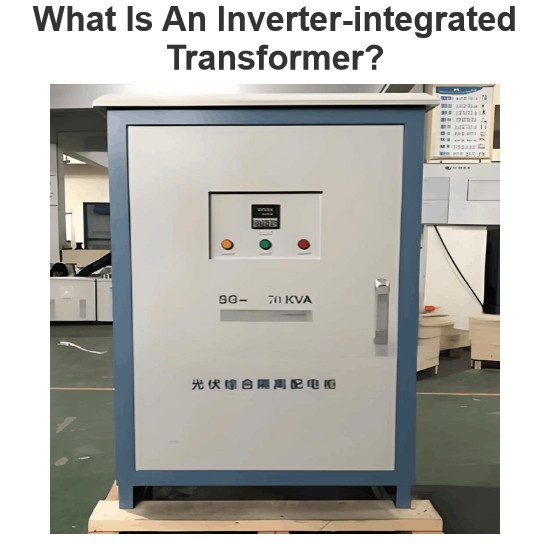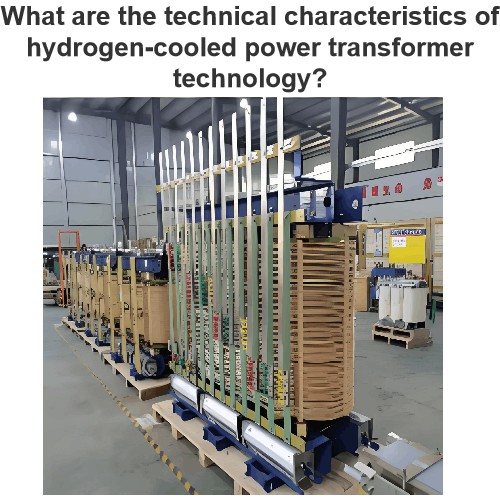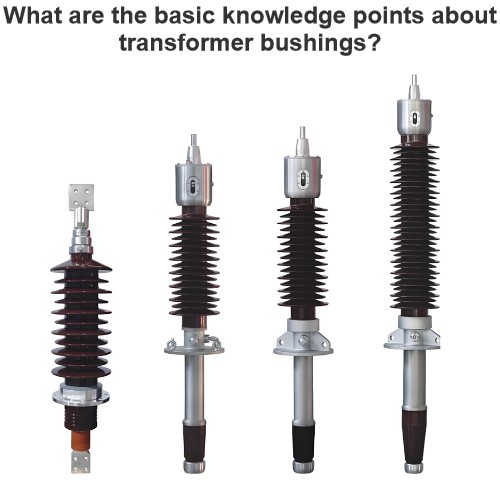What are the accident scenarios in a substation?
Leon
07/30/2025
Topics
Hello! I'm Leon, with 20 years of extensive experience in the power industry. My expertise spans from power distribution equipment to grid operations and maintenance, grounded in robust hands-on and theoretical knowledge. Currently, I focus on sharing insights into electrical equipment fault diagnosis, demystifying complex technical challenges through accessible explanations. I welcome collaboration with industry peers and enthusiasts to collectively explore the intricacies of the power sector.

Transformer operation and maintenance
Transformer Operating TemperatureDuring operation, transformers generate copper losses and iron losses, both of which are converted into heat, causing the transformer’s temperature to rise. Most transformers in China use Class A insulation. Due to heat transfer characteristics, significant temperature differences exist between different components during operation: winding temperature is the highest, followed by the core, and then the temperature of the insulating oil (with upper-layer oil being
Encyclopedia
07/31/2025

What Is An Inverter-integrated Transformer?
An inverter-integrated transformer is a power conversion device that combines the functions of an inverter and a transformer into a single unit. Widely utilized in renewable energy systems such as solar photovoltaic (PV) and wind power generation, its primary role is to convert direct current (DC) to alternating current (AC) while adjusting voltage levels (stepping up or down) via the transformer, ensuring compatibility with grid requirements or specific load demands.1. Basic Functions and Opera
Vziman
07/31/2025

What are the technical characteristics of hydrogen-cooled power transformer technology?
Power transformers are pivotal components in electrical grids, tasked with voltage conversion to enable efficient electricity transmission and distribution. As global energy demands surge and grid architectures grow increasingly complex, there is an urgent need for advanced transformer technologies that enhance efficiency, minimize environmental impact, and ensure operational reliability. Among emerging innovations, hydrogen-cooled power transformer technology has emerged as a particularly promi
Edwiin
07/31/2025

What are the basic knowledge points about transformer bushings?
1. Functions of Transformer BushingsThe core function of transformer bushings is to lead the coil leads out to the external environment. They serve both as insulating components between the leads and the oil tank and as fixing devices for the leads.During the operation of a transformer, bushings continuously carry load currents and, in the event of an external short circuit, withstand short-circuit currents. Therefore, transformer bushings must meet the following requirements:Possess specified e
Rockwell
07/31/2025









